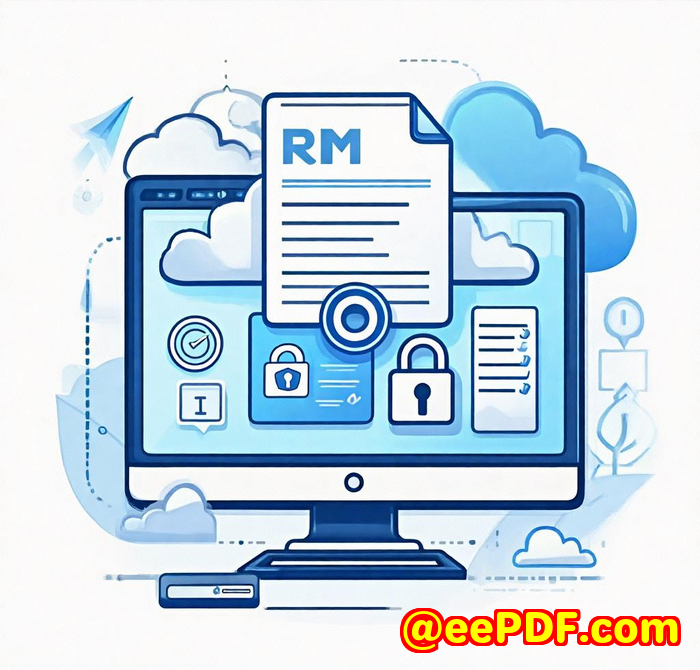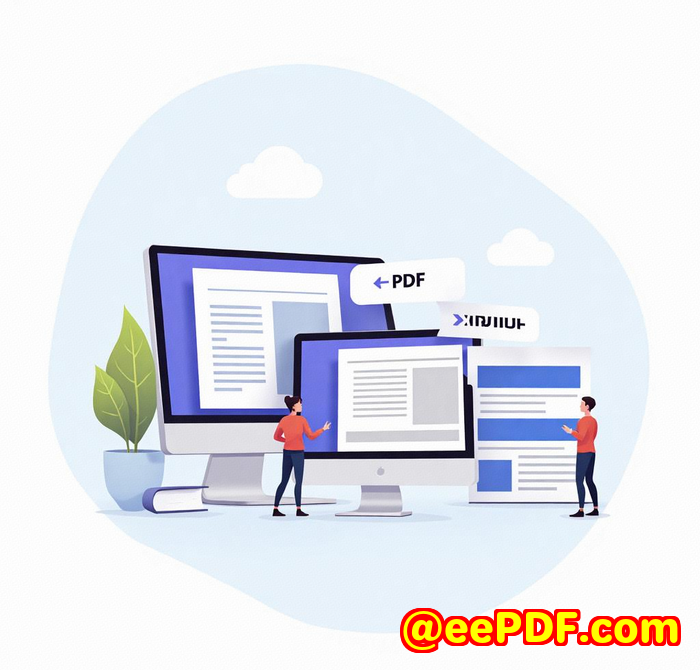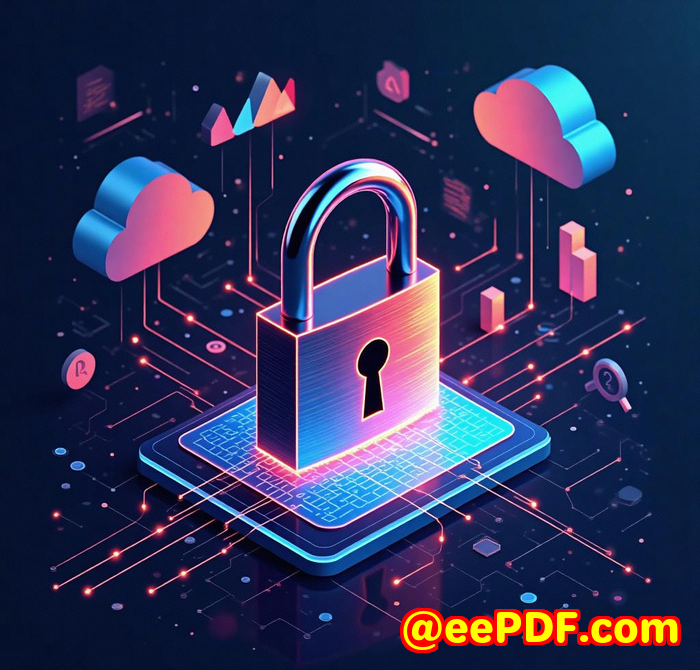How to Prevent PDF Export to Word or Excel with Fully Controlled DRM Permissions
How to Prevent PDF Export to Word or Excel with Fully Controlled DRM Permissions
Meta Description:
Stop leaks cold. Learn how I locked down PDFs from export to Word or Excel using VeryPDF's DRM systemtotal control, no plugins, no passwords.
Every time we sent a confidential PDF, I held my breath.
You know the drill.

You spend days perfecting a documentan internal report, client-facing pitch deck, training manualand the moment it leaves your inbox, it's out of your control.
Maybe someone copies the content into Word.
Maybe they export it into Excel and repurpose the data.
Worse, they forward it to people who were never meant to see it.
This isn't just paranoiait's the reality of working with digital content in high-stakes environments.
I've been there. Legal contracts, financial audits, sensitive researchyou name it, I've seen it passed around like free samples at Costco.
I needed a way to stop PDFs from being exported to Word or Excel, and I needed it to work without relying on some janky password or plugin that anyone with Google could bypass.
That's when I found VeryPDF Document Security and DRM Copy Protection.
Here's how I locked it all down
I didn't want another cloud-based subscription that shuffled my data through someone else's server.
I wanted full control, on-premises, and bulletproof protections that didn't treat security like a checkbox.
VeryPDF's Self-Hosted DRM Solution gave me just that.
This tool isn't your average PDF protector. It doesn't stop at setting permissions or slapping on a password.
It enforces real DRM rulesdevice locking, screenshot prevention, watermarking, printing restrictions, and yes, blocking export to Word or Excel.
It does this through its own secure PDF viewer, so no one can bypass the restrictions like they can with Adobe Reader or random plugins.
Here's what I use most:
Stop Exporting & Copying Content
Let's start with the big one.
With VeryPDF, users can't copy/paste from the PDF, and they can't export it into another format like Word or Excel.
There's no Save As, no "open with another app" trickeryjust total lockdown.
Use case: We sent quarterly financial reports to stakeholders. One guy tried opening it in Wordno dice. The secure viewer blocked the move entirely.
Lock Access to Devices or Locations
This one was a game-changer.
You can lock documents to specific devices or even IP ranges.
We had a client-facing playbook that we only wanted their staff to view while onsite. We restricted the PDF to their corporate IP.
Result? If someone emailed the doc to their Gmailaccess denied.
Dynamic Watermarking
Every page a user sees (or prints) has a dynamic watermark with their name, email, timestamp.
It's subtle enough not to ruin the reading experience, but loud enough to stop someone from snapping pics and leaking them.
This feature alone stopped the whisper-network sharing we used to see during product launches.
Why VeryPDF won me over vs other DRM tools
I tried plugins.
I tried password protection.
I even tried cloud-based SaaS platforms that claimed to control access.
They all failed in one way or another:
-
Passwords? Easily removed or shared.
-
Plugins? Broken every time Adobe updated.
-
Cloud DRM? Risky with client-sensitive data.
VeryPDF doesn't use any of that nonsense.
-
No passwords.
-
No plugins.
-
No uploading your unprotected docs to some third-party server.
Everything runs locally or on our own infrastructure. We protect files before they leave our hands, and they stay protected no matter who gets them.
What kinds of people need this?
If any of these hit home, you need this tool in your life:
-
Legal teams that send contracts or case files.
-
Course creators who sell premium content.
-
Finance teams sharing internal reports.
-
HR departments distributing sensitive training docs.
-
Product teams preparing launch materials.
Basically, anyone who doesn't want their PDF ending up as a Word doc on Reddit.
Real talk: This tool saves my sanity
Before this, I'd waste hours chasing down leaks or creating convoluted workarounds.
Now?
-
I protect the doc once.
-
I control exactly who can open it, how long, where, and on what device.
-
If needed, I can revoke access instantlyeven after it's been shared.
That kind of control is rare. And honestly, it's non-negotiable for any business that cares about protecting its intellectual property.
I'd recommend VeryPDF Document Security and DRM to anyone dealing with sensitive or high-value content.
It's clean, it's fast, and it just works.
Try it for yourself here: https://drm.verypdf.com/
Custom Development Services by VeryPDF
If you've got a specific workflow, weird file types, or want this thing dialled in exactly how your team operates, VeryPDF's dev team can help.
They build everything from:
-
Windows virtual printer drivers
-
API hooks for file and print monitoring
-
Barcode recognition + form automation
-
Custom OCR workflows
-
Cloud document viewers + DRM + e-signatures
-
Linux/macOS/Windows integrations
-
Offline secure PDF distribution systems
Basically, if you need documents controlled, converted, or tracked, they can probably build it.
Reach out and pitch your idea here: http://support.verypdf.com/
FAQs
How does VeryPDF prevent export to Word or Excel?
It disables all export, copy, and "Save As" functions using a secure viewer. No third-party apps can access or convert the content.
Can I still allow printing with limits?
Yes, you can allow printing with page limits, watermark overlays, or restrict to low-resolution only.
What happens if someone tries to open the PDF outside the secure viewer?
They can't. The file won't open unless it's launched through the authorised VeryPDF viewer, which enforces DRM controls.
Can I set different access rules for different users?
Absolutely. You can assign different expiry dates, print limits, or location locks per usereven with the same file.
Do I need to upload my PDFs to a cloud server?
Nope. It's self-hosted. You keep full control and protect PDFs right from your own machine or internal server.
Tags / Keywords
-
Prevent PDF export to Word
-
DRM for PDF documents
-
PDF copy protection software
-
Secure PDF viewer
-
Self-hosted PDF DRM solution



